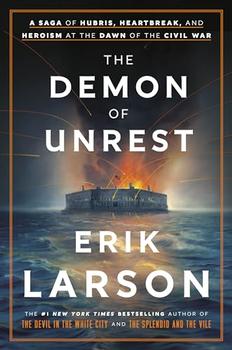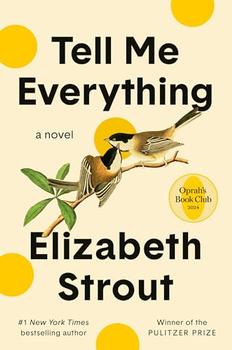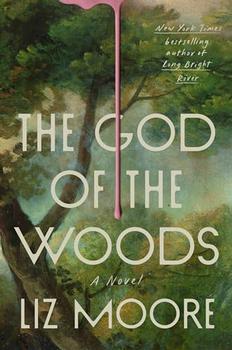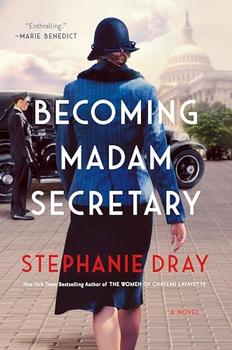(9/4/2010)
I was eager to read Louise Penny’s Bury Your Dead, the sixth novel in her mystery series featuring Chief Inspector Armand Gamache. Each novel in the series has built on characters and situations that occur in previous books, and Penny’s style and depth—which were always very good-- have also grown with the series. Bury Your Dead is absolutely superb in characterization, plot development and construction. It follows Gamache and his second in command, Inspector Jean Guy Beauvoir, as they recover physically and psychologically from a terrorist threat that has left four agents of the Homicide Division of the Surete du Quebec dead.
Gamache, staying with his old Surete mentor in Quebec City, agrees to consult with local homicide authorities on a murder which has connections with Quebec’s founder, Samuel de Champlain, and which has the potential to provoke deeper divisions between Francophone and Anglophone Quebecoises. Beauvoir, at his Chief’s request, returns to the small village of Three Pines, the site of several of the previous books, to look again at the murder case which was the subject of the previous novel The Brutal Telling. In their isolation (Gamache is without his investigative team and far from his beloved wife Reine Marie; Beauvoir is without his badge and his Chief), each man not only solves the mystery at hand, but comes to a new understanding of himself.
Penny provides sufficient background of the case from The Brutal Telling to allow new readers to the series to follow Inspector Beauvoir’s case, but the greatest satisfaction and emotional impact from this novel will be felt by those who have enjoyed the investigations of Gamache, his team, and the denizens of Three Pines in the past. Readers would be well rewarded to read some prior books in the series, especially The Brutal Telling, before embarking on this excellent novel. Murder mystery aficionados looking for more than a cozy or romantic mystery, who want to look into the depth of the human heart and its capacity to both wound and heal, would be well advised to look at Louise Penny's series.



